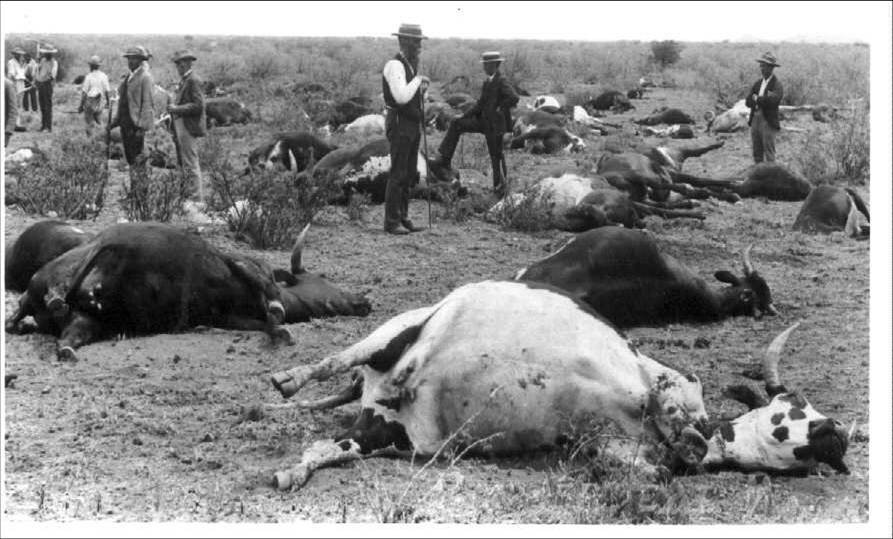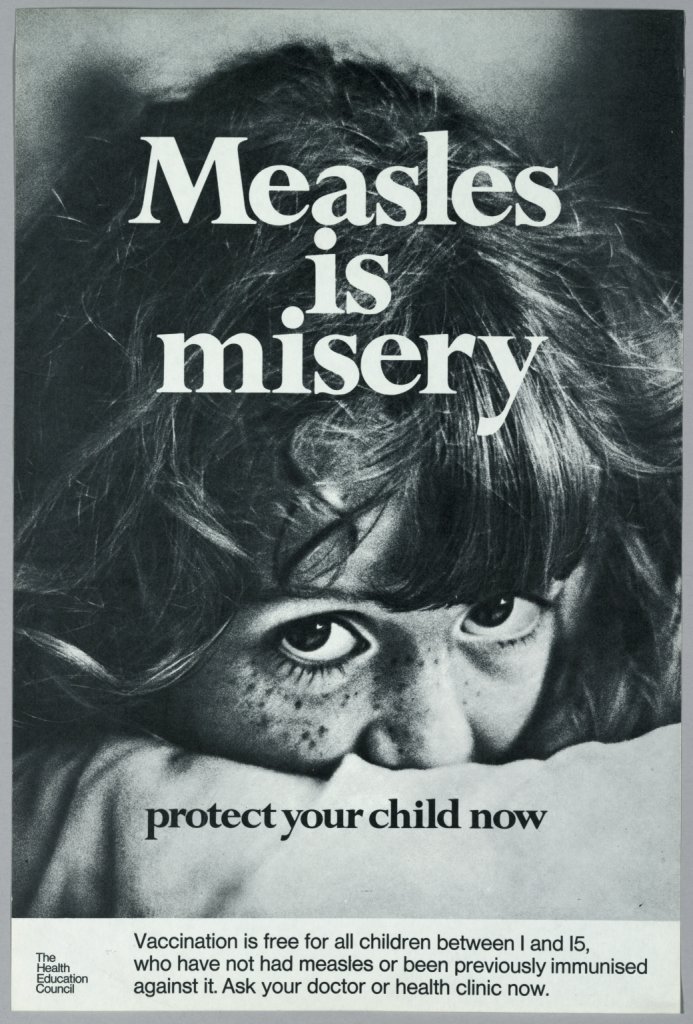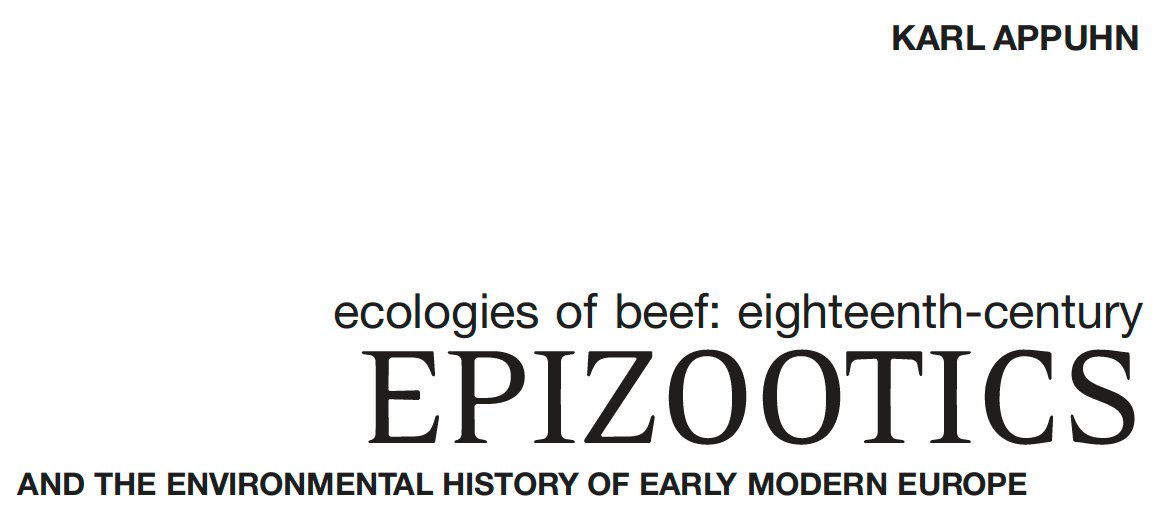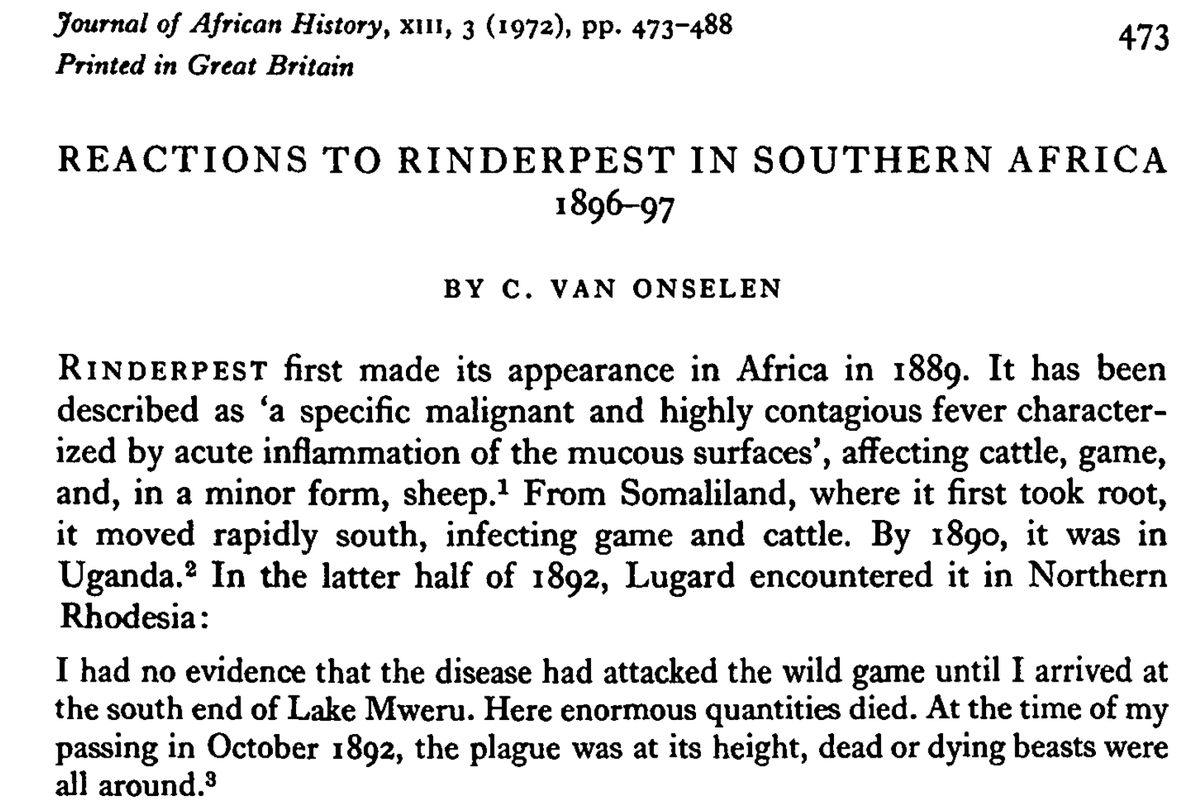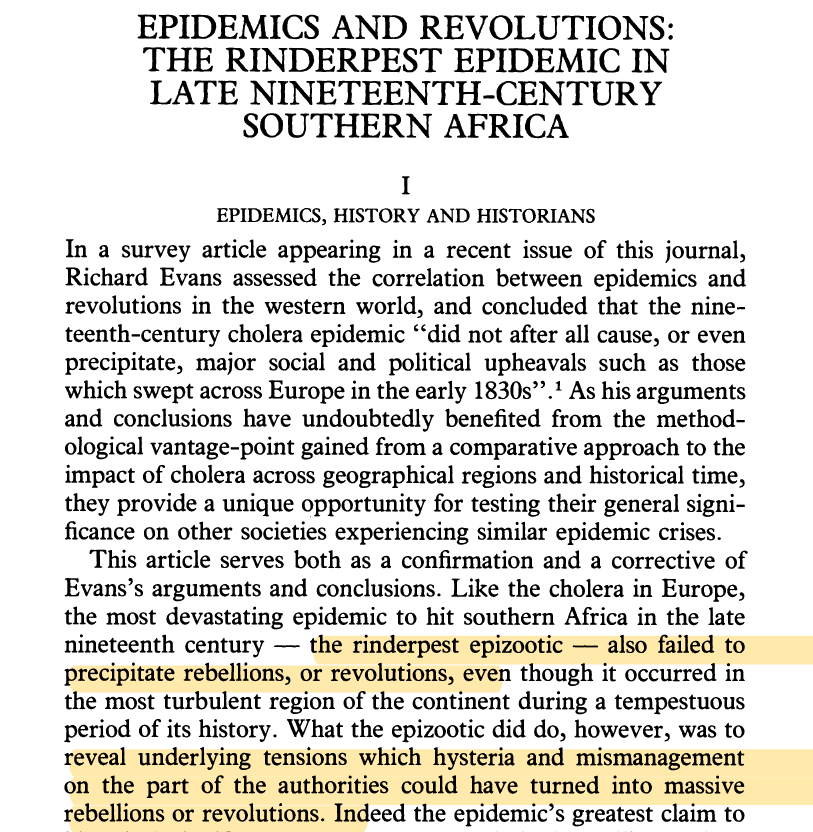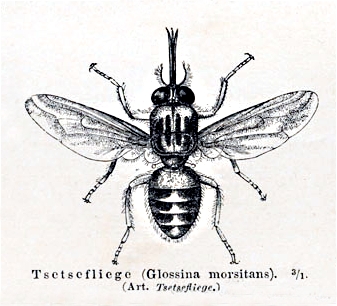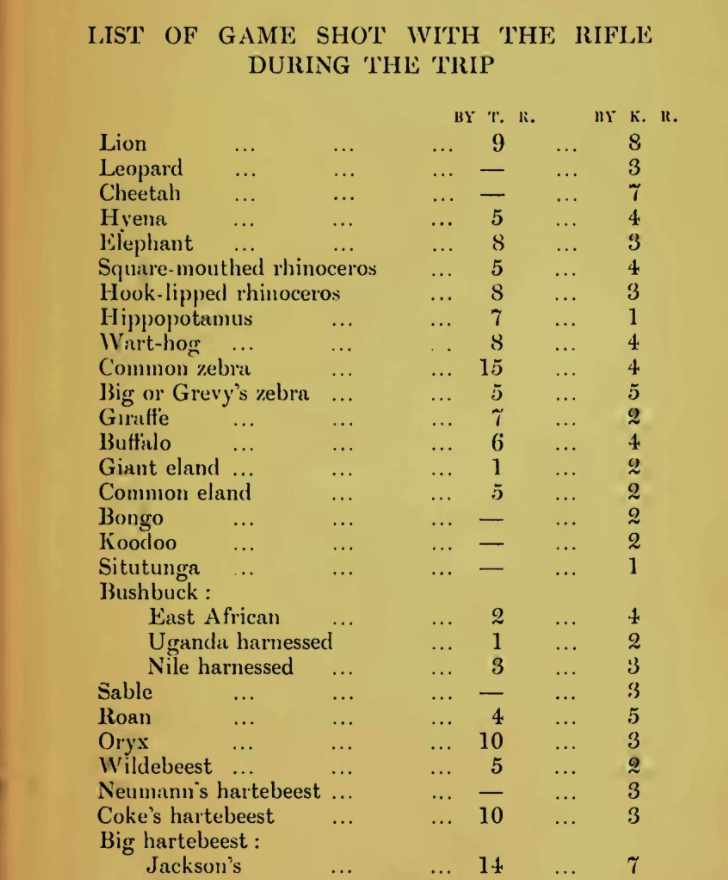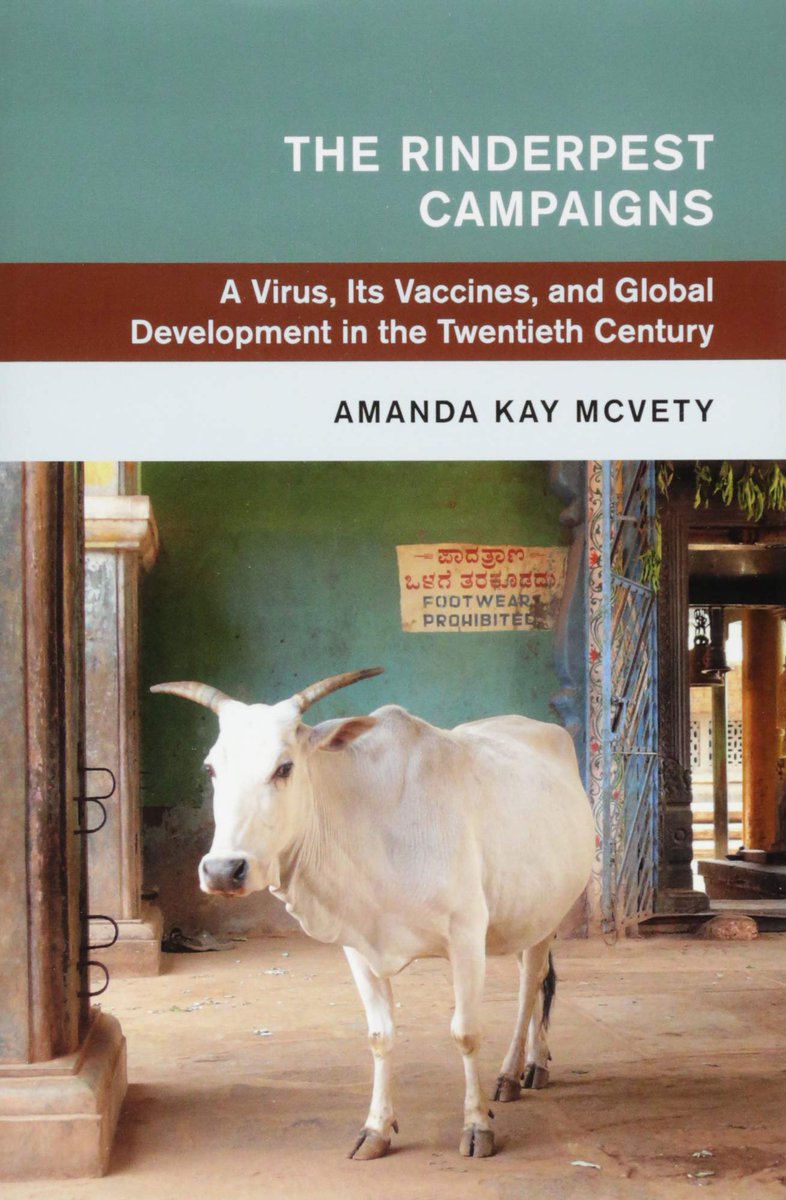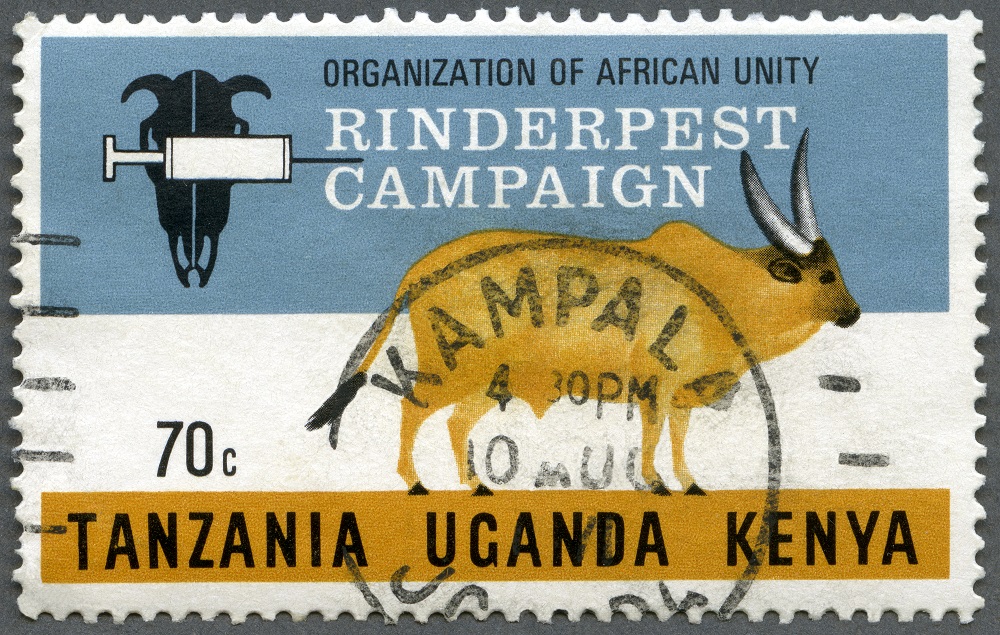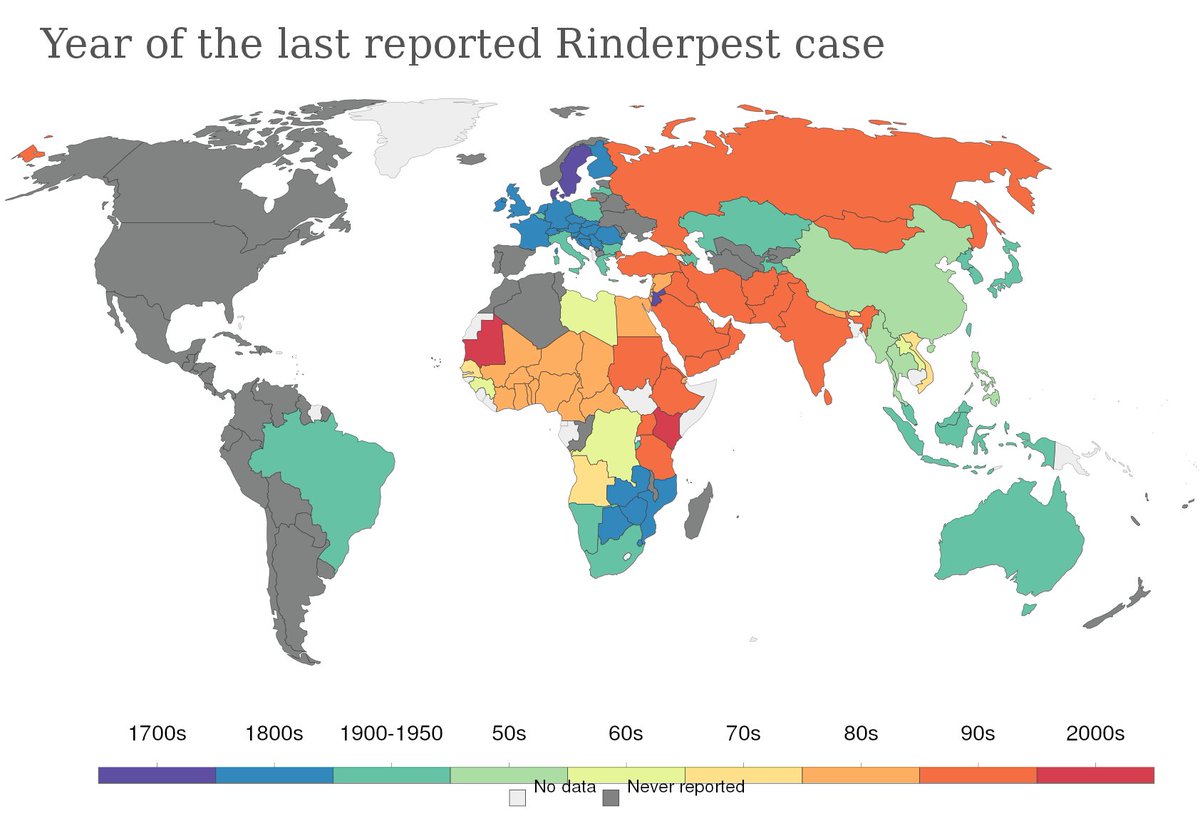New lockdown hobby: perusing the #envhist of pandemics. In honour of Passover, first up is Rinderpest—likely one of the 10 biblical plagues. This nasty little pathogen killed huge numbers of cattle, buffalo, and other cloven-hoofers across Asia, Africa and Europe #10plagues (1/n)
Rinderpest also likely gave us the measles virus, which became endemic around C11th as human-cattle interactions intensified. Between 1855–2005, measles would kill c. 200 million people worldwide. As late as 2018, 140,000+ died thanks to plateauing vaccination levels (2/n)
Rinderpest had major political effects. The cattle plague of AD376–386, spread by Hun invasions, has been linked to the fall of the Roman Empire. In English it was known as “Steppe murrain”, spread by the Mongols. Folklore claims Genghis Khan used it as a biological weapon (3/n)
To enable early modern Europeans to guzzle more animal protein, regional trade swelled. Cattle were imported from the Hungarian + Balkan plains, shows @Karl_Appuhn, shifting environmental costs from Western to Central Europe—and producing the latter’s agrarian backwardness (4/n)
But malign forms of biotic exchange followed: bovine plague swept across Italy, Germany +France. The flow of biota + enviro devastation wasn& #39;t one-way to colonies (see also: syphilis), as #envhist often assumes. A timely reminder that, biologically, Europe isn& #39;t so special! (5/n)
C18th& #39;s Venice& #39;s responses to control "alien animals" were impressively swift, coordinated & militarized: patrols, inspections, quarantines, monitoring neighbouring states, sealed borders, mass slaughter of infected cows, and controlled burials. Any of this sound familiar? (6/n)
Most grimly, Rinderpest also made Africa as we know it. It arrived in Abyssinia during the Italian invasion of the 1880s, possibly brought deliberately. In the late C19th, the virus killed 80–90% of cattle in eastern and southern Africa (7/n)
The disease swept south as fast as 25 miles a day. Pastoral lifestyles were devastated, transport paralysed. ⅓ Ethiopians died; destitute Zulus migrated to Witwatersrand mines. Rinderpest thus opened the door for Euro imperialism, labour migration, and proletarianization (8/n)
As colonizers watched nervously, rumours circulated that white men were spreading the disease. Yet unrest only reached open revolt in a few areas, like usually tranquil Basutoland. #envhist continues to debate when & why epidemics do—or do not—precipitate revolution (9/n)
The collapse of cattle populations brought further ecological catastrophe. The ensuing bush regrowth provided an ideal habitat for tsetse flies. Millions more humans + animals died from the sleeping sickness the flies carry. Much of Africa’s most fertile land was abandoned (10/n)
Fresh from his presidential crusade to protect American wilderness—cleansed of Indians—in 1909 Teddy Roosevelt celebrated retirement by hunting big game in Africa, shipping home 10,000+ carcasses. This solidified the myth that Africa was a timeless + untouched wilderness (11/n)
Because of its enormously destructive effects on agriculture, later in the C20th the possibility of weaponizing Rinderpest was researched by the US, the Soviet Union, Britain, France, Germany, and Canada (12/n) http://www.nonproliferation.org/wp-content/uploads/2016/03/2008-Chemical-and-Biological-Weapons_-Possession-and-Programs-Past-and-Present.pdf">https://www.nonproliferation.org/wp-conten...
BUT there& #39;s a happy ending! Global efforts to eliminate Rinderpest began in 1924 with the creation of the Office International des Epizooties, in the wave of internationalist optimism that attended the League of Nations (if only I could get to the library to read this...) (13/n)
The OIE was the culmination of decades of Euro cooperation. In 1872 a Vienna conference helped standardize animal handling rules, quarantine procedures + veterinary training. By 1881 the virus was almost eliminated in Europe—just as colonialists were exporting it to Africa (14/n)
The catastrophe in Africa, accelerated by the Allies& #39; fear of bio-warfare by the Axis powers, prompted a long search for a vaccine. After WW2, combating Rinderpest became a priority for UN agencies. With Cold War funding, vaccines were slowly perfected (15/n)
In 1994 a global vaccination surge began, via a network of field agents +labs. The last outbreak was in Kenya, 2001. In 2011 Rinderpest became only the 2nd infectious disease after smallpox to be eliminated globally—the agrarian equivalent of the Moon landing, said the FAO (16/n)
Active intervention can work to control infectious diseases, then: Brazil, Australia, and eventually most of Europe all managed to contain outbreaks. Ultimately, total eradication requires a vaccine, international cooperation, and a host of institutional innovations (17/n)
In 2019, with its genetic code recorded, most of the world’s Rinderpest virus stocks were destroyed. It& #39;s a hopeful story! But with much misery, human brutality, and long-lasting ecological and political impacts along the way, from Venice to Japan, Vienna to the Transvaal (/fin)

 Read on Twitter
Read on Twitter